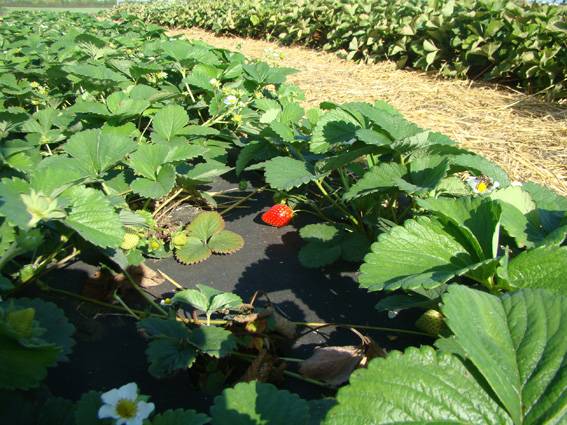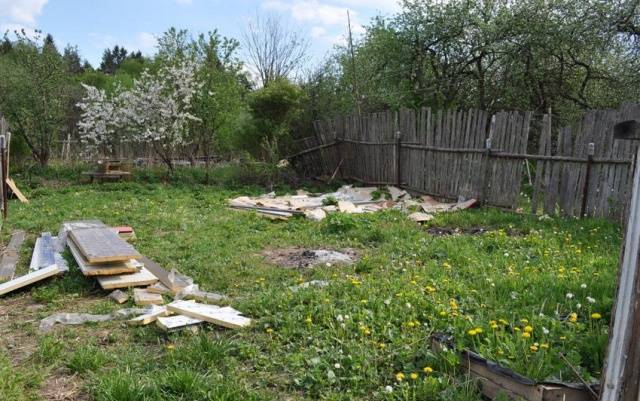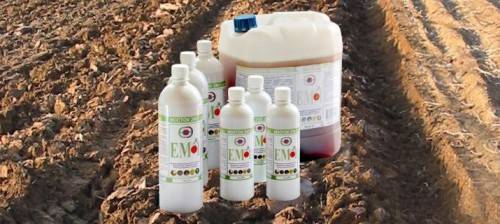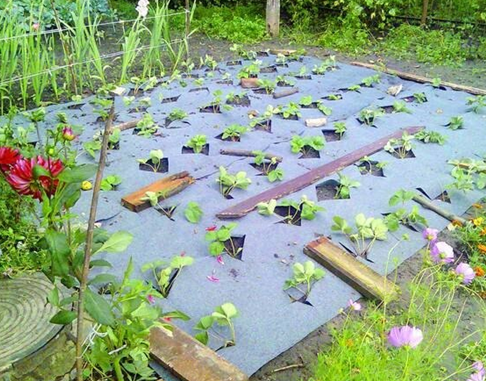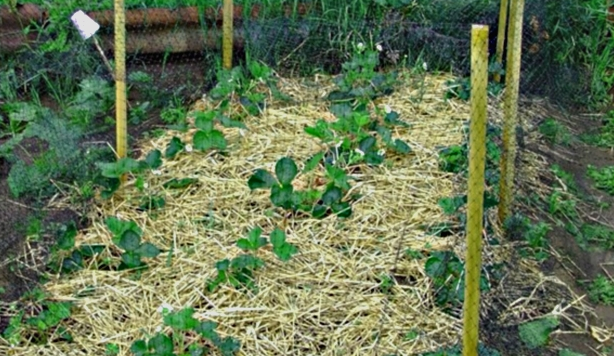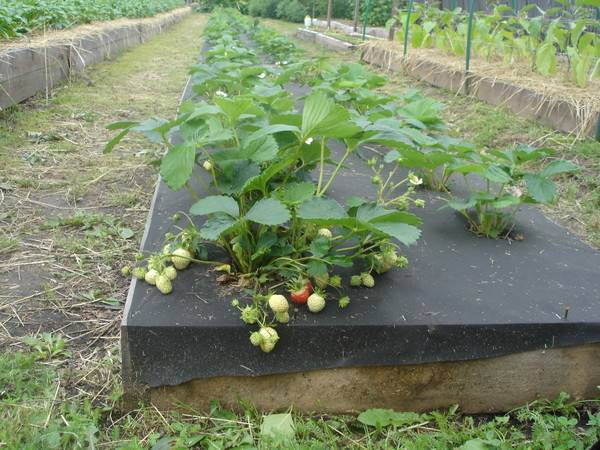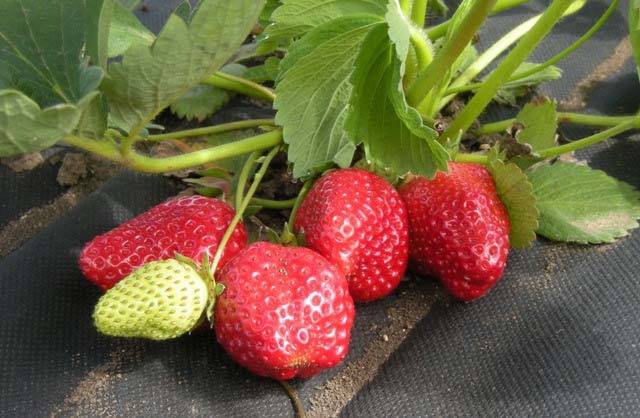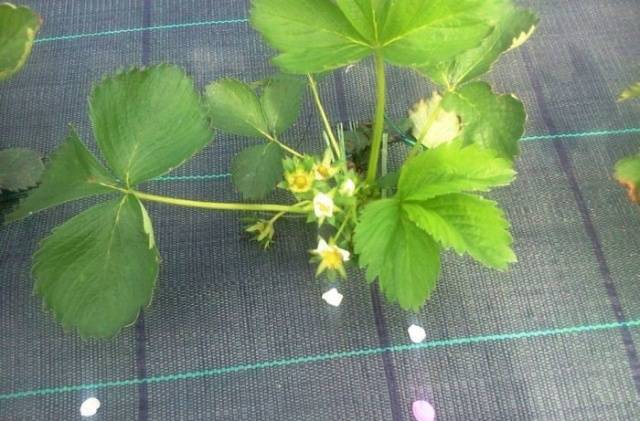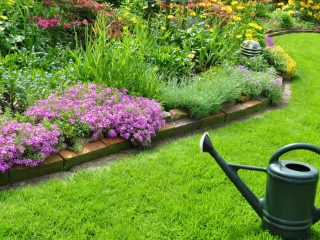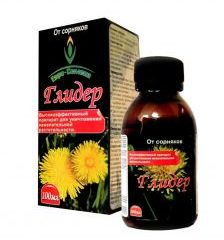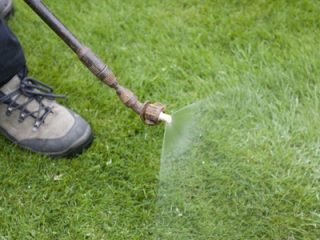Content
Growing strawberries is fraught with many difficulties, but one of the main problems that a conscientious gardener has to face is the fight against weeds... The point is not only that weeding in itself is quite exhausting, but also that the delicate surface of strawberry roots do not respond well to the slightest damage. But when removing weeds from plantings with strawberries, one voluntarily or involuntarily has to touch its roots. Therefore, protecting strawberries from weeds is the most important task when growing this beloved berry. It is advisable to prevent their appearance in the strawberry beds, in general, so that you do not have to fight with someone later.
Where do weeds on strawberries come from?
Before thinking about how to get rid of weeds, you need to understand how they, in general, appeared there. Most often, the problem begins long before planting strawberries when choosing and developing a site intended for its cultivation. The fact is that it is strawberry that is a crop for which, when preparing planting beds the process of clearing the land from weeds is vital. If you do not sharpen your attention at this point and leave the rhizomes of perennial weeds in the soil, then this is quite capable of ruining a significant part of the crop.
But even if initially the plantings of strawberries were well cleared of weeds, usually after harvesting, gardeners tend to forget about strawberries and until autumn the weeds have time to germinate again and even have time to sow. The result, which appears before our eyes in early spring, is depressingly serious - strawberry bushes are framed by green weeds and everything has to start all over again.
The first stage of protecting strawberries from weeds
If it is possible to completely clear the ground from the rhizomes of perennial weeds before laying a strawberry plantation (with any mechanical treatment the seeds will in any case remain in the soil), then we can already assume that half the work has been done. In the event that you have to deal with "virgin soil" overgrown with bindweed, wheatgrass, thistle and other perennial weeds, then the method of digging with careful selection of all rhizomes works only in very small areas.
This is where the tactics of using continuous herbicides will work perfectly.
The use of herbicides in the pre-planting period
The best thing preparation of a site for planting strawberries start in the autumn, although it is possible to do so in early spring. The processing of future beds must be completed no later than two weeks before planting strawberry or garden strawberry seedlings. You can use the following drugs:
- Hurricane Forte;
- Roundup;
- Tornado.
All these preparations contain glyphosate as the main active ingredient, which is approved for use in summer cottages. Depending on the manufacturer, different packages may contain a different percentage of the active ingredient. Pay attention to this, because as a result, both cost and dosage can vary greatly. The preparations are quite effective for pre-planting soil treatment, subject to the instructions for use and allow you to get rid of almost all popular varieties of weeds.
Better results can be achieved if the beds are properly prepared. Since the preparations do not act on weed seeds in the soil, it is necessary to stimulate their germination as much as possible.
To do this, all unnecessary vegetation must first be mowed and removed from the beds. Then, loosen the beds with a flat cutter or cultivator and compact the surface layer to ensure better contact of the weed seeds with the soil.
The next step requires good watering.
When young weeds reach a height of 10-15 cm, they are treated with the selected herbicide strictly according to the instructions. After processing, it is necessary that from a day to two there were no rains and other watering. It is also important not to loosen the soil in cultivated soil for one to two weeks.
Application of organic technologies
If you want to know how to protect strawberries from weeds in your area before planting without using chemicals, then there is another equally effective technology. For more than 10 years, supporters of organic farming have been using EM preparations. The essence of their use for weed control is as follows.
On the selected plot of land, you need to mow all the vegetation you do not need with an ordinary oblique or flat cutter. Then on the same day, the entire area is thoroughly spilled with any of the EM preparations. It is important that the concentration is 10 times higher than usual, which is used for treatments of cultivated plants.
Active microorganisms that are part of the EM preparations, once on fresh sections of weeds, begin to actively feed on them, and soon the weeds die along with the roots. It is interesting that at the same time microorganisms that have got into the soil cause active germination of weed seeds. If this procedure is carried out in the fall several weeks before frost, then the weed shoots will soon be destroyed by the first autumn frosts.
If you have enough of any black material (film, roofing felt, non-woven material), then covering all future strawberry beds with it before planting, you can finally get rid of the weeds. After spending several months without sunlight, both young seedlings and seedlings of weed rhizomes will die.
Protecting strawberries from weeds during the growing season
Unfortunately, even if you plant strawberries on completely weed-free beds, weeds may appear on them from the seeds brought in by the wind, or from those that still remain in the soil (many seeds remain in the soil and germinate only after 3 5 years). In this case, modern covering materials can come to the aid of the gardener.
The use of mulch in strawberry cultivation is far from new in horticulture.
Straw mulch is almost ideal for strawberry beds, but in order to resist the fight against weeds well, a layer of straw of at least 6-8 cm is needed. In the modern world, not every summer resident has the opportunity to get such an amount of straw. In addition, it is advisable to renew the straw layer every year.
It was also very popular in the old years for sheltering strawberries. weed black film... This option really protects strawberry plantings from weeds, but creates favorable conditions for the development of slugs, as well as many fungal diseases. Therefore, it is advisable to use the film only in an annual crop, when remontant strawberries are grown for only one season.
Modern nonwoven covering materials are devoid of all these drawbacks, among which are such as:
- Spunbond;
- Agril;
- Lutrasil;
- Agrospan;
- Agrotex.
Many varieties of different colors and thicknesses are produced, but to protect strawberries from weeds, it is advisable to use black material and a density of at least 50-60 grams per square meter. meter.
The use of black nonwoven fabric has the following benefits:
- It allows moisture and air to penetrate, and the soil under it always remains moist and loose, which is very important for strawberries.
- You can use it many times. Usually, manufacturers give a 3-year warranty, due to treatment with special UV protection means. In the southern regions, the sunlight is too intense, and it is advisable to protect the cover itself and the ground under them by laying straw or mowed grass on top.
- Under the non-woven material, slugs do not start and fungal diseases do not multiply.
- The soil under such a cover warms up much faster, which makes it possible for strawberries to ripen a week or two earlier than usual.
- The material itself, which is made of polypropylene fiber, does not interact with water, soil or nutrient solutions and does not emit any harmful substances due to strong heating by the sun.
- Non-woven fabric will protect not only from annual, but also perennial weeds with sprawling rhizomes.
- Strawberries growing on top of such a shelter do not come into contact with the soil, therefore they rot less and are always clean, even during heavy rains.
Residents of the southern regions will be especially interested in a novelty that has appeared in recent years - a nonwoven fabric consisting of two layers. The bottom is black and the top is white. It has all the aforementioned benefits, but it also keeps the strawberry root system from overheating by reflecting the sun's rays off a light-colored surface.
Basic principles of using covering material
When using nonwovens to protect strawberries from weeds, it is important to consider the following:
You can spread the material in the beds both in autumn and spring, preferably before planting strawberry seedlings. To do this, first, the soil is carefully leveled. Then the material is spread from above and tightly fixed at the edges. It is better to use homemade U-shaped wire pins, but you can also use bricks, stones, boards and other materials. Cruciform or O-shaped cuts are marked and made, at a distance of at least 40 cm from each other. Strawberry seedlings are planted in them.
You can water the strawberries directly over the material, but it is better to feed them directly through the holes made in it.
In this case, the mustache will not be able to penetrate under the surface of the material.
In greenhouses, all the principles of using the covering nonwoven material remain the same.
There is no need to remove the covering material for the winter. It may well last up to three years or more, and it is advisable to remove it together with the transfer of the plantation to a new place.
By using all of the above methods, you can simplify the most basic strawberry care tasks and enjoy clean, sweet and beautiful berries.
